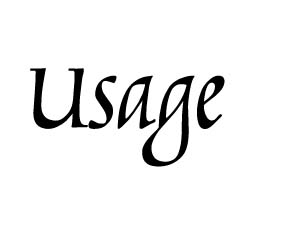The Harvard Law Review Association's "A Uniform System of Citation," more familiarly known as the Harvard Blue Book, calls the stylistic shots in legal circles. It agrees with the MLA Style Sheet in prescribing ellipsis points that consist of three periods set off from each other by spaces and with a space before the first period. And when omitted text follows a complete sentence, the Blue Book again concurs with MLA style in using four periods and closing up the first: The voluminous plaintiff's brief in Pequod v. Cetacean begins, "Call me Ishmael. . . . I thought I would sail about a little and see the watery part of the world."
But when the ellipsis comes to an end at the conclusion of the sentence
where it appears, the Blue Book dictates that the writer use four ellipsis
points and a space before the first:
The plaintiff sent me a rambling note that said in part, "Call me .
. . . I thought I would sail about a little and see the watery part of the
world."
Finally, where whole paragraphs are dropped, the Blue Book requires writers
to indicate that omission as well as the sentence-level redactions:
In his brief, the plaintiff seems to stipulate that responsibility for his
endangerment rests with himself, as a matter of personal volition lacking
any element of legally cognizable duress, and not with defendant Cetacean:
"Call me Ishmael. . . .
. . . .
. . . Ah! How cheerfully we consign ourselves to perdition!"
The best advice we can give on handling ellipses is to figure out which
style guide governs your area of interest and punctuate accordingly.
